Best Time to Travel In India During Different Seasons
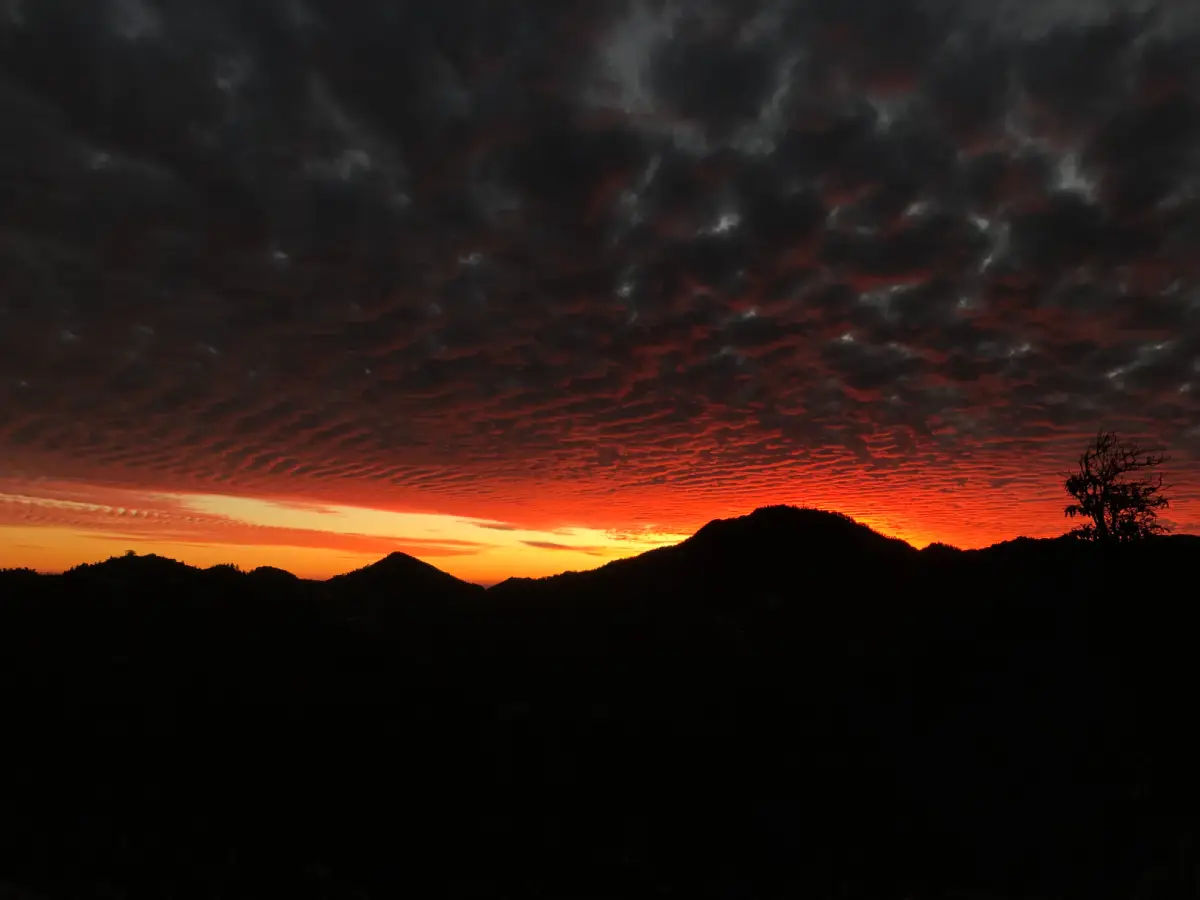
If we talk about India’s seasons, especially the winter part, it is from December to the beginning of March. In contrast, most of the nation experiences summer monsoons from June to September. Although the weather in India gets scorching starting in April, there are many unique sites to visit all year. Here is a schedule for visiting some of India’s most well-known locations.
India is a land of contrasts – from snowy peaks to pristine beaches, sweltering summers, and freezing winters. It also means that it offers something for the visitor all year round. For foreign visitors, it means they want to know everything about where and when they plan to travel. For domestic travel, it means that there is somewhere to escape, no matter what the month of the year! In this blog, you learn more about seasons and the best time to travel.
What time of year is ideal for a trip to the Indian Himalayas?
It is possible to travel to the Indian Himalayas from November to February, which is usually the driest season of the year. But January and February can be chilly in the highlands, particularly in the eastern Himalayas. The eastern Himalayan region has a substantial monsoon season, mainly from June to August, and a lesser extent during the shoulder season. Therefore, staying away from this area in the summer is wise.
You can also Online apply for India Visa for Travel, Business, or any other evisa.
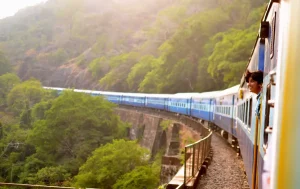
6 Places to Travel in India
The bitter cold has made life difficult for everyone. Many people have even canceled their plans to avoid the cold. At the same time, there are some such places in India where it is not winter but getting hot. You can enjoy the holidays by visiting these places.
The wrath of severe cold is forcing everyone to shiver. Some try to save themselves from the cold by lighting a bonfire and wearing thick clothes. The mercury has fallen to minus in Kashmir, Kullu Manali, and Mussoorie. At the same time, if we talk about the country’s capital, Delhi, the mercury has been recorded up to 4 degrees here. Today we are telling you about some places in the country with no winter, and you can travel to these places.
- Ratnagiri in Maharashtra
At present, there is no sign of cold in Ratnagiri of Maharashtra. The maximum temperature here is 32 °C, and the minimum is 17 °C. It is also an excellent place to visit in India. Here you can also enjoy the food of Maharashtra.
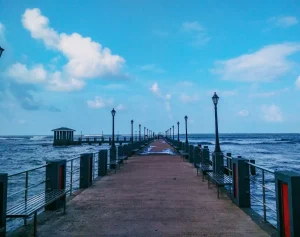
- Winter is missing in Panaji, Goa.
Instead of winter, it is getting hot in Panaji, Goa. The maximum temperature here remains 34 °C, and the minimum stays 19 °C. Every year lakhs of tourists come here to visit. If you are also looking for a place to visit in India, go here.
- Relief from cold in Mumbai
If you feel freezing, then once you go to Mumbai, located in Maharashtra. The maximum temperature here remains 32 °C, and the minimum stays 16 °C. Here you will not feel the cold at all. Here you can have fun while walking on the beach.
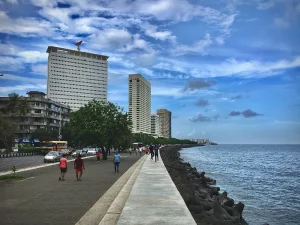
- Feel the heat in Kozhikode and Kochi.
If you want to feel the winter heat, go to Kozhikode and Kochi, located in Kerala. Here the maximum temperature remains 32 °C, and the minimum is 21 °C. There is no winter feeling here, even in the morning and evening.
- If you want to avoid the cold, then go to Junagadh.
Junagadh of Gujarat is spared from the wrath of cold. During the day, the mercury remains up to 32 ° C, and the minimum temperature is 14 ° C. This place is lovely to visit.

- No sign of winter in Chennai
Winter is missing from Chennai city of Tamil Nadu. Here people will still be seen wearing T-shirts. The maximum temperature here is 30 °C, and the minimum is 24 °C during night and morning. If you want to go to a warm place in the winter, then this place is best for you.
There are many ways of doing this. The mountains are plentiful in the summers when the plains get sweltering hot. Likewise, you travel when North India chills in the seashores or coastal areas. But that would be simplifying it! So, we have broken up this itinerary for the best places to visit India according to where you want to go.
- To the mountains
India proudly owes the world’s most astonishing mountains and peaks, including the Great Mount Everest. The Himalayas mountain ranges and the places around them are famous among snow aficionados. It is where most Indians escape during the summers, that is, March-May. You can opt for the mighty Himalayan range. The foothills have distinct seasons, including Shimla, Manali, and Darjeeling. But the temperature is distinctly low the whole year as you go up.
Keep in mind that in mid-June, the magnificent region of Ladakh opens up. So, if you are planning to visit this arid, cold desert region, make your plans post-June. But why limit the mountains only during summer? The stunning mountains are best seen when they are covered in all their snowy beauty. You can visit the higher peaks like Srinagar and Kanchenjunga in Dec-January and celebrate a white Christmas and New Year!
Moving southwards, the Western range stretching from the West to the South forms a year-round destination. This range has some of the world’s most varied biodiversity. Several unique hill stations are also there, along with some of India’s best forest reserves to visit. But, if you are planning a hike, avoid the region during the monsoon season in July and August.
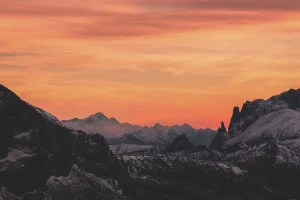
- By the beach
Who does not like to escape to the beach? With a 7,500-kilometer-long coastline, India has many stunning beaches. These include the beaches of Kovalam, Goa, Ganpatiphule, Havelock, and Puducherry. The coasts are best visited during the latter part of the year, from October to May. It can sometimes get hot and sweaty in summer – from May to June. But avoid during the monsoons – from June (Kerala) to September. The heavy rains mean that the beaches will be inaccessible.
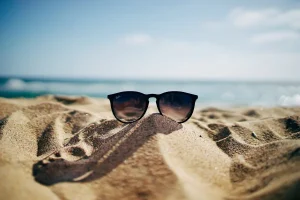
Watch the spectacle
India is best known for the pomp and majesty of its festivals. If you want to witness these in the first person, the best time to visit India should tally with the festival calendar! Remember that religious festivals follow a different calendar, which is different from the Roman calendar. It means that the dates still need to be fixed. One must check the precise dates before making plans. Some of these festivals are:
- Holi: This festival of colors is truly unique. The vibrant festival sees people playing with gulaal (powdered pigments), with everyone enthusiastically joining in. The festival marks the end of winter, usually falling in March.
- Diwali: The festival of lights is India’s most well-known festival. From rural India to urban places – homes, markets, and offices – are decorated with lamps and string lights. There is an air of festivity that welcomes all. Diwali usually falls in October.
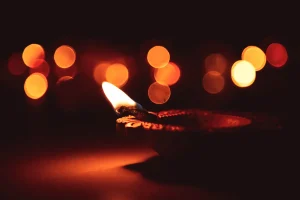
- Onam: Kerala’s biggest festival, Onam, is a 10-day festival with engaging cultural performances and mouth-watering food. The highlight is the Vallamkali or the Snake Boat Race on the Pampa River. Onam falls in September.
- Durga puja: Witness the entire city of Kolkata turn into a carnival of festivities, food, art, and spirituality. Food stalls, lightings, magnificent pandals, and streets full of people celebrating the festival make it the best time to visit Kolkata. It usually falls in October.
- Pushkar camel fair: For an exotic festival that is one of a kind, visit the camel fair in Pushkar, Rajasthan. This five-day event with camels, colorful turbans, and mustachioed men starts with an adrenaline-pumping camel race, lasting five days. The festival is usually held at the end of October or early November.
To learn more about eVisa India, you can visit or explore our website pages and new experience with our consultation team, who we believe in giving our best.
